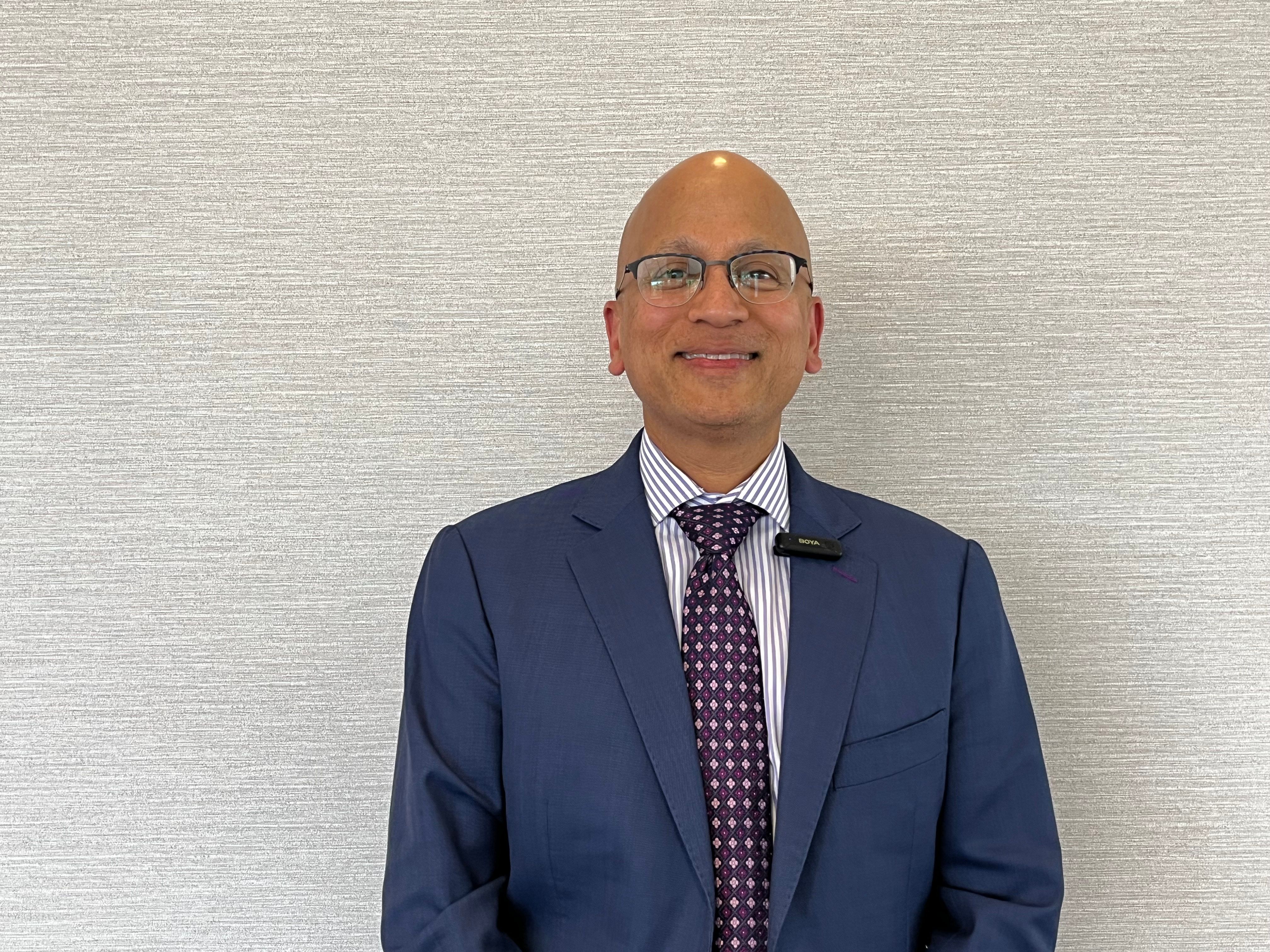Article
Surgeon: deep sclerectomy safer than trabeculectomy
S?o Paulo, Brazil Brazil-Deep sclerectomy is not the "holygrail" of glaucoma surgery, but available evidence indicates thatit is definitively safer than trabeculectomy, according to Tarek M.Shaarawy, MD. Deep sclerectomy can also result in long-term successrates comparable with those of trabeculectomy when performed withproper technique by experienced hands, he added.

Speaking at the World Ophthalmology Congress, Dr. Shaarawy acknowledged that the role of deep sclerectomy in glaucoma surgery is highly controversial and that it has its drawbacks. Those include a long learning curve for the procedure, a longer operative time compared with trabeculectomy, and a higher cost if an intrascleral implant is used. However, all publications on this topic seem to agree deep sclerectomy has a safety advantage compared with standard filtration surgery. Deep sclerectomy is associated with lower rates of hypotony, hyphema, choroidal detachment, and particularly surgically induced cataract.
"The better safety of deep sclerectomy, relative to standard filtering surgery, is beyond controversy. Nevertheless, it is important to examine its efficacy because it makes no sense to propose adopting a safe procedure if it does not work very well," said Dr. Shaarawy, director of the glaucoma sector, Geneva University Hospital, Switzerland.
"I think everyone would agree that it is not scientifically valid to compare apples and oranges," Dr. Shaarawy said.
Reasons for poorer outcomes
Operator inexperience is another source for negative bias in studies reporting poorer outcomes for nonpenetrating glaucoma surgery. That factor is illustrated by the experience of Dietlein and colleagues in Germany who, reporting their outcomes with deep sclerectomy in a series of papers published over several years, initially achieved a 0% success rate that later improved to 40%. Notably, histologic analyses revealed that in the earliest patients, the dissection depth was too superficial or too deep in more than 70% of cases, which would account for the poor IOP control early on, Dr. Shaarawy said.
"I think everyone would also agree that comparisons based on a surgeon's first 10 cases of deep sclerectomy and last 10 cases of trabeculectomy are unfair considering the known learning curve for the nonpenetrating surgery," he said.
Use of Nd:YAG goniopuncture as a criterion for categorizing eyes as a treatment failure is another factor that may explain poor outcomes of deep sclerectomy, and is highlighted by data from Gandolfi et al., who, using that definition, reported a higher success rate in a comparator group of eyes that underwent trabeculectomy. However, if the definition of success was modified to allow inclusion of eyes that had goniopuncture, success rates for the two procedures are similar at all IOP cut-off levels after 3 years of follow-up, Dr. Shaarawy said.
"Eyes treated with Nd:YAG capsulotomy are not considered phacoemulsification failures, so I am not sure Nd:YAG goniopuncture should define deep sclerectomy failure. It is my belief that surgeons should predefine a target IOP for each patient and use goniopuncture whenever the target is not reached," he noted.
Dr. Shaarawy added that performing goniopuncture does not convert deep sclerectomy into a trabeculectomy.
"Even when we change a nonpenetrating procedure to a penetrating one by performing the goniopuncture, deep sclerectomy still has lower complication rates and it likely accesses uveoscleral outflow that is not achieved with trabeculectomy," he said.
The potential for deep sclerectomy to result in good outcomes is demonstrated by the long-term results from Dr. Shaarawy's series of 105 eyes of 105 patients, which were followed for up to 8 years. Mean IOP decreased from 26 mm Hg preoperatively to around 5 mm Hg on the first postoperative day, and was 12 mm Hg at month 78, he reported.
Newsletter
Don’t miss out—get Ophthalmology Times updates on the latest clinical advancements and expert interviews, straight to your inbox.





